Sigma fp Mirrorless Camera Review: A Photographer’s Perspective:
When the L Mount Alliance was announced a while back, I wasn’t sure what to expect but I definitely thought of all the possibilities that could grow from this union. Just Imagine having three manufacturers working on the same lens mount system. It’s pretty cool, if you think about it. Fast forward from the announcement of the L Mount Alliance and today, we have Panasonic doing their own thing, Leica, of course, continuing with the SL line, and their newly released SL2 (which I’m reviewing as well), and now Sigma with their new L mount lenses. I’ve reviewed a few of the L mount Sigma lenses, and loved each one (you can find the reviews here). In addition, Sigma has also recently released the new fp, a little full frame camera, which is what I want to talk about today. Before I begin: I know this camera is marketed a lot towards video makers but since my blog is a photography site, my review will be based on the fp as a stills camera.
Sigma fp Mirrorless Camera Build Quality:
So, let’s start off with the build quality, and in terms of this, the Sigma fp is quite impressive. Clearly, this camera was made to handle real professional use. The body is made of die-cast aluminum, which is both tough and lightweight. I’m happy to say that it’s also dust and splash proof. There are a total of 42 points of sealing, so it’s plenty capable of going out in rain, sandstorms and whatever challenging weather conditions that arise. Overall, the fp means business, and honestly, it just feels great in the hands. It’s just so solid and dense feeling; in this way, it almost has a Leica-like feel to it.
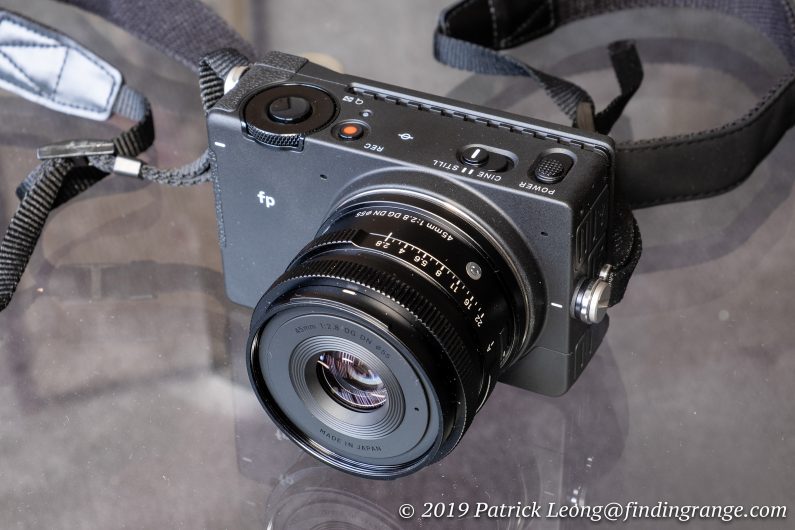
↑ The Sigma fp with the 45mm f/2.8 DG DN Contemporary lens.
At the same time, the Sigma fp is ultra compact. In fact, with dimensions of 112.6 × 69.9 × 45.3mm, it has the honor of currently being the world’s smallest full frame camera. The fp is also only 422g with battery included I might add (just 370 g without battery and card), so it’s also the lightest. This is something you’re just going to always want to bring with you EVERYWHERE. I sure did :).
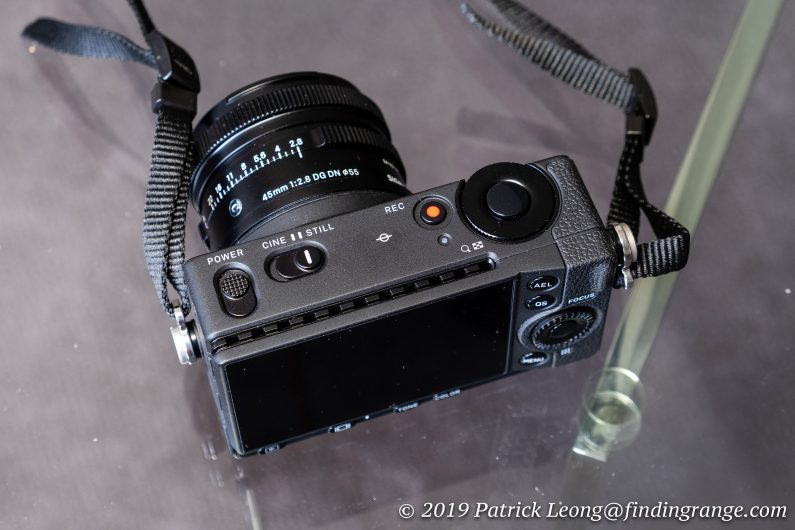
↑ The top plate of the Sigma fp.
Of course, there are a couple of sacrifices that have been made in order to keep the camera as small as possible. For one, there is no hot shoe although you could purchase the Sigma HU-11, which is an auxiliary hot shoe unit designed specifically for the fp.
Also, the fp does come with a beautiful 3.15″ 2.1m-dot LCD touchscreen. It’s vibrant, clear, and very sharp. However, it has to be good because there is no viewfinder. Still, for some reason, I seem to be okay with this even though I generally always want a viewfinder with my cameras, especially when we’re talking about something near the $2,000 range. But Sigma designs are different than the rest, and I think that’s the reason why I’m okay with having no viewfinder. Of course, you may want one, and if you do, you could get the Sigma LVF-11 LCD Viewfinder, which attaches to the rear of the camera body, and provides a 2.5x magnified view of LCD. I should’ve requested this viewfinder when I got the fp loaner but I didn’t. For video, it may be great but for everyday shooting of pictures, it just seemed to big for my taste. Still, this is Sigma, so this kind of quirkiness or unorthodox design is to be expected, and for the most part, actually loved by me.
Speaking of the shape and the ergonomics, the fp is, shall we say, a little quirky. But like I said before, Sigma tends to be a little different when it comes to their cameras, and to me, only they can pull these designs off. With that said, I find the fp a very attractive camera, and the shape felt surprisingly more comfortable to hold than I expected considering its rectangular brick-like structure, although if you attach a super large lens to it, it might be a different story. The camera isn’t slippery either, which is a good thing. It has just the right amount of rubber on the side to give you adequate grip. It was a great match with the 45mm f/2.8 DG DN Contemporary lens.
Speaking of, if you buy this camera, definitely get the kit with the 45mm f2.8. The list for the fp is $1,899, and for the 45mm, it’s $549. However, if you buy the Sigma fp kit, which includes the 45mm, the total is just $2,199. Trust me, in addition to this lens being absolutely perfect on the fp ergonomically, it is fantastic in general. It’s super sharp, and the autofocus is fast (you can read my review, if you’d like).
Getting back to the camera, and its ergonomics, one thing that I’m not too much of a fan of is how easy it is to accidentally press certain buttons on the back. In other words, I felt certain buttons were a bit light to the touch. For instance, the wheel was a little sensitive. Normally, this wouldn’t be much of an issue but since the camera is so small, there’s less real estate to actually grab onto without pressing on something.
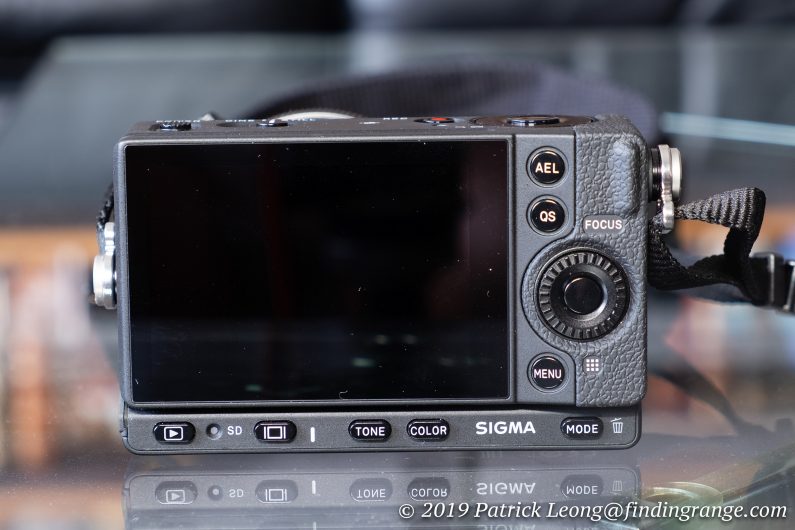
↑ The back of the fp.
With that said, everything is logically placed on the camera. There aren’t a ton a buttons either, which is a great thing, if you ask me. Everything is straight forward, simple, and easy to use, which I really love. The menu system is also pretty straightforward.
Since we’re talking about the overall design and ergonomics, I should also mention that the Sigma fp is fitted with 1/4-inch threads for both the strap holder on both sides of the body and for a tripod. So basically, if you wanted to, you could mount the fp on a tripod in portrait orientation. You could also attached the strap in a way where the camera hangs in portrait orientation simply by screwing the fixing into the hole on the base of the fp.
There are also other little things that should be mentioned. For one, the Sigma fp only comes with one memory card slot. It would be nice to have two for backup but I can understand why it only has one considering its size. The LCD display, while excellent, doesn’t have a swivel function, which again, I’m guessing is because Sigma wanted to keep this camera as compact as possible. This doesn’t bother me too much as the camera feels much more solid but for others, this may be an issue. The fp also only has electronic image stabilization, which isn’t nearly as good as say 5 Axis image stabilization. But what really is cool about this camera is that there are literally tons of accessories, and add ons (a lot for video) for this fp. You can really customize the fp to your needs in this way. Check out the video below:
Also, the Sigma fp has a full time electronic shutter. There are positives, which are no shutter shock, no shutter sound, and no shutter lag. Plus, with fewer moving parts, the camera is technically more reliable. But the downside is you may experience occasional flickering when you’re shooting in an area with fluorescent lighting, for example.
In addition, there is a large heat sink mounted between the camera body and the LCD display. There’s also a heat dissipation coating applied to the outer surface, so together, they help prevent overheating at high temperatures or when you’re using the camera for long hours. Keep in mind that the fp will also be used by some users for video too, so this is definitely a plus.
Speaking of video, I did mention earlier that I am primarily focusing on the photography aspect of this camera, since this is a photography site. However, the Sigma fp does have some impressive video specs that I definitely want to mention. The fp supports external recording in 12-bit CinemaDNG format. It also supports All-I (All-Intra) recording, and with up to 4K UHD recording at 24 fps, it produces video data that can be used even in filmmaking.
Sigma fp Mirrorless Camera Autofocus And Manual Focus:
As for the autofocus, it is much quicker than I expected. The primary autofocus lens I used with the Sigma fp was the 45mm f2.8. In normal shooting, which includes portraits, candids, cityscape, street photography, and even some action, the autofocus is definitely quick enough. However, it is not ultra fast. It’s not going to be like the Sony stuff, for example, and the autofocus during video is a bit slow.
It’s worth noting that features like face detection also work pretty well. I actually did a portrait session with the fp, and was very happy with its overall performance. On a side note, the model questioned whether or not we would get high quality pics considering the fp’s point and shoot like appearance but in the end, she was very happy with the images.
When I was shooting in dimmer light, I had mix results. For the most part, it performed okay but there were moments where the autofocus was hunting, and sometimes it even had trouble locking on to a subject. Keep in mind that I wasn’t even really in extremely low light areas. However, there were times when I was shooting in extremely low light, and it didn’t seem to have an issue. I wouldn’t be surprised if future firmware helps out here.
In terms of manual focus, the Sigma fp works superbly. In fact, it worked MUCH better than I expected, and if you’re looking for a camera to use with your M lenses, this is something you should definitely consider. As some of you know, I’m a big fan of the Leica CL but I have to say, if I was looking for something to compliment my SL2, and to use my M lenses, I would have great difficulty deciding between the fp and CL right now. You might not have a viewfinder with the fp but you have full frame, a fantastic sensor (which we will talk about soon), and with such a great LCD display, manual focus is downright easy. The fp sure does give the CL a run for the money.
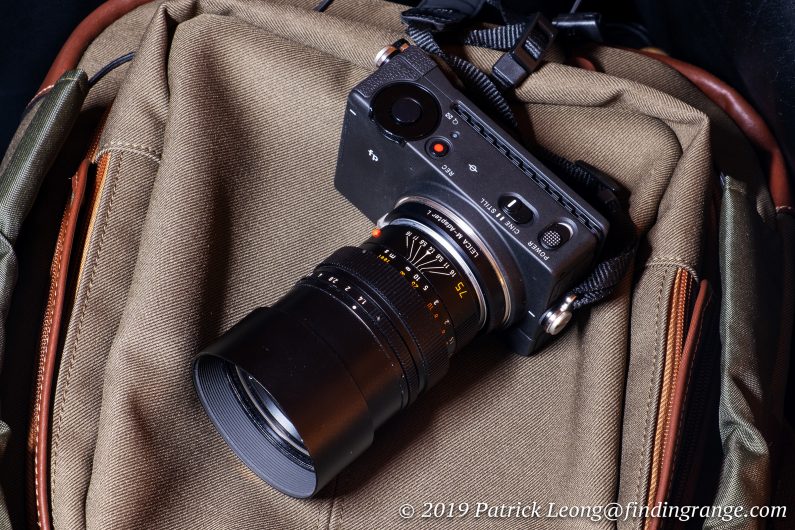
↑ The Sigma fp with my Leica 75mm Summilux.
With focus peaking, and magnification for critical focusing, I was nailing the focus even with my Leica 75mm Summilux, which is a very difficult lens to focus at f1.4, especially in close range. I was also getting tack sharp images at f1.4 with my Summilux-M 50mm f1.4 ASPH. Of course, I also try my Super-Elmar-M 18mm f3.8 ASPH as well although with such a large depth of field, that rarely even required real focusing :).
Sigma fp Mirrorless Camera Image Quality:
So, as I hinted above, the image quality from the Sigma fp is fantastic. The fp is equipped with a back illuminated 24.6MP Full-Frame BSI Bayer CMOS with 14-bit color depth, and it is perfect for this camera. The dynamic range is great. I had no problems recovering highlights or retrieving detail back in shadows. There’s also a lack of an AA filter, which means files have that extra crispness, and sharpness to them. Lastly, the color rendering from the fp excellent. There’s nice pop, and saturation but at the same time, it’s not overly exaggerated and fake. I’ve always loved the files that Sigma cameras produce, and with the fp, they’ve continued this tradition of excellence in my opinion. Sigma did a superb job here.
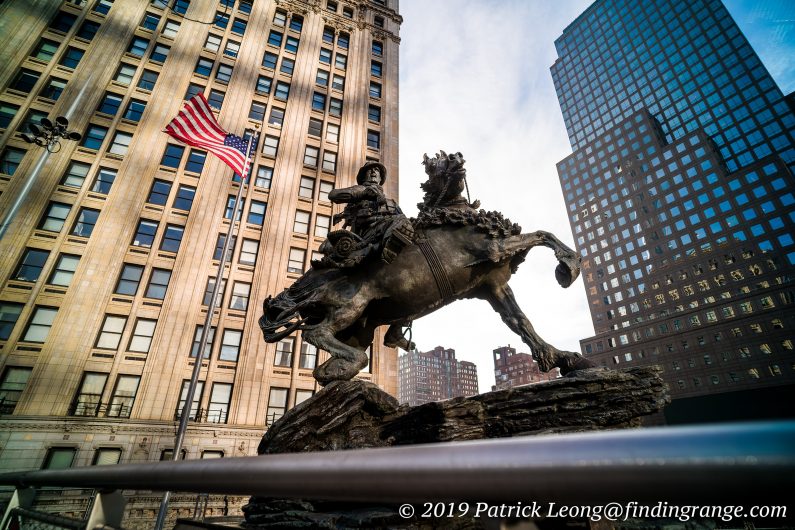
↑ This was taken with the Leica Super Elmar-M 18mm f3.8 ASPH at f3.8.
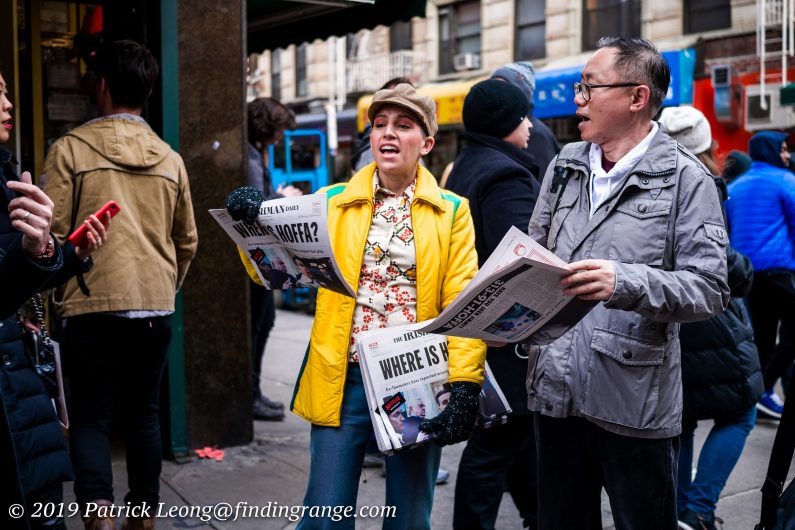
↑ This was taken with the 45mm f2.8 wide open. I used 320 ISO.
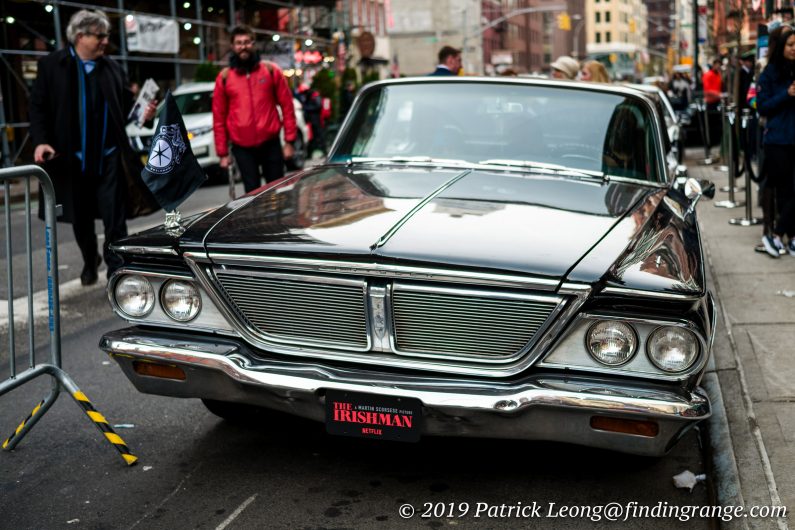
↑ Here’s a wide open shot taken with the 45mm f2.8 at 200 ISO.
Also, it’s worth noting that I think this sensor is a great match with Leica M lenses. I’ve tried M lenses on my Fuji gear, and it’s decent but I don’t get quite what I always want. This is just my tastes, of course. Others may feel differently. But with the fp, the M lenses really seem to shine.
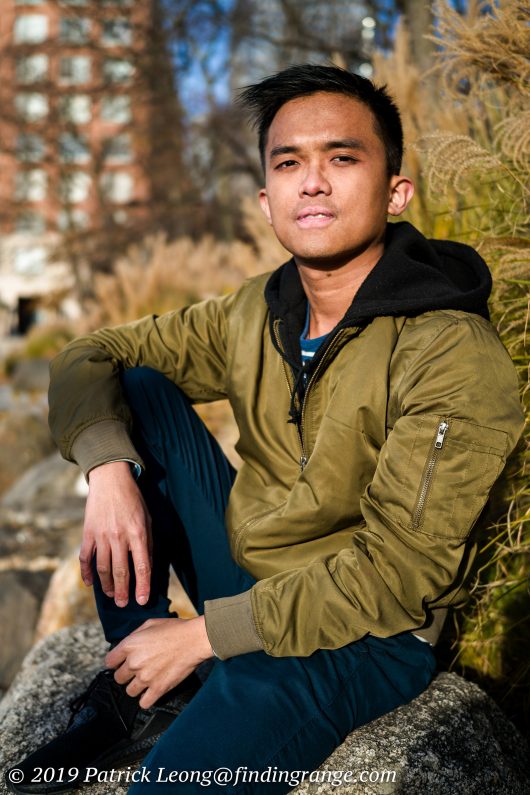
↑ Here’s another wide open shot taken with the 45mm f2.8. I used 100 ISO here.
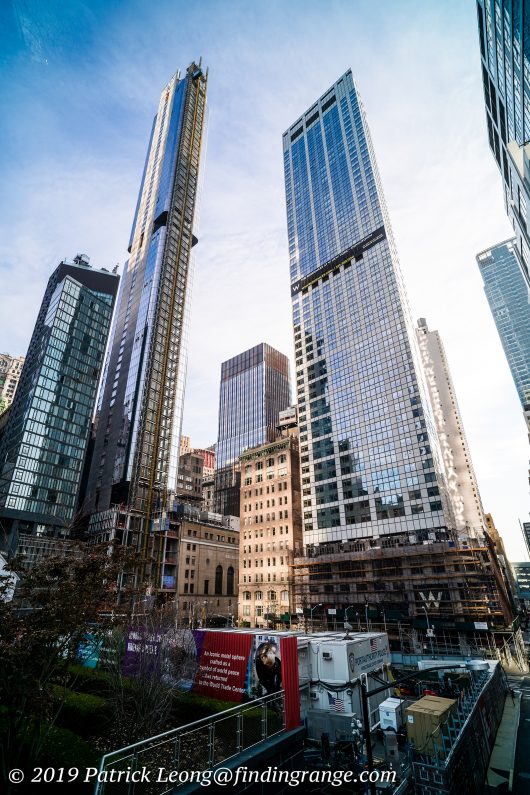
↑ This shot was taken with the Super-Elmar-M 18mm f3.8 ASPH at f8. 200 ISO was used here.
↑ This was taken at f2.8 using 250 ISO. The lens of choice was the 45mm.
Now, all these photos here were developed from RAW files through Camera Raw in Photoshop CC. However, you can also shoot in one of the color modes that the Sigma fp offers along with having the ability to adjust the tone curve. There are two buttons conveniently located on the back of the camera. For the color modes, there’s Standard, Vivid, Neutral, Portrait, Cine, Teal and Orange, Sunset Red, Forest Green, FOV Classic Blue, FOV Classic Yellow, and Monochrome. Teal and Orange seems to be a much talked about mode, and I was going to post some images in this setting but with the holiday weekend (it’s Thanksgiving weekend 2019), I just didn’t have as much time as I thought I would to go out and take those pictures. If I have a little more time before I send the fp back, I will definitely add Teal and Orange samples here.

↑ This was taken with the 45mm f2.8 wide open using 100 ISO. These guys were insanely talented.
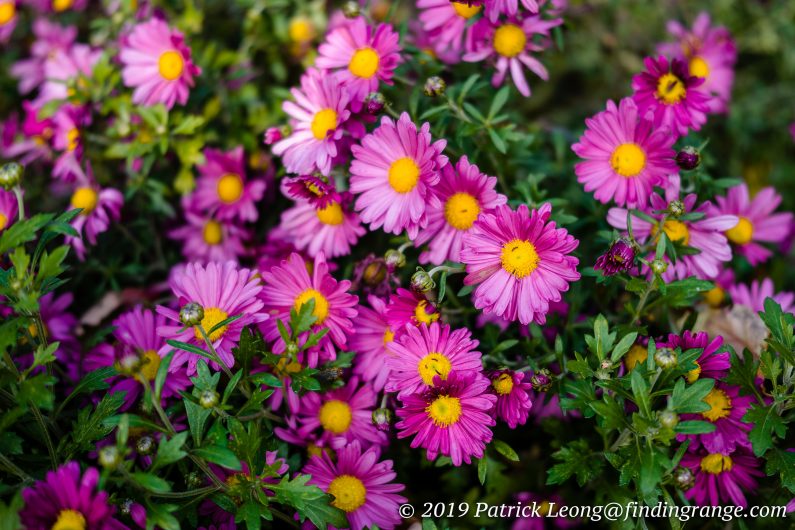
↑ This was taken at f2.8, 100 ISO. I used the 45mm f2.8.

↑ This was taken with my 75mm Summilux at f1.4. I used 1600 ISO here.
The Sigma fp also impresses with its high ISO capabilities. I should actually say seriously impresses. The main ISO sensitivity ranges from 100 to 25600 ISO but the extended range is 6 to 102400 ISO.
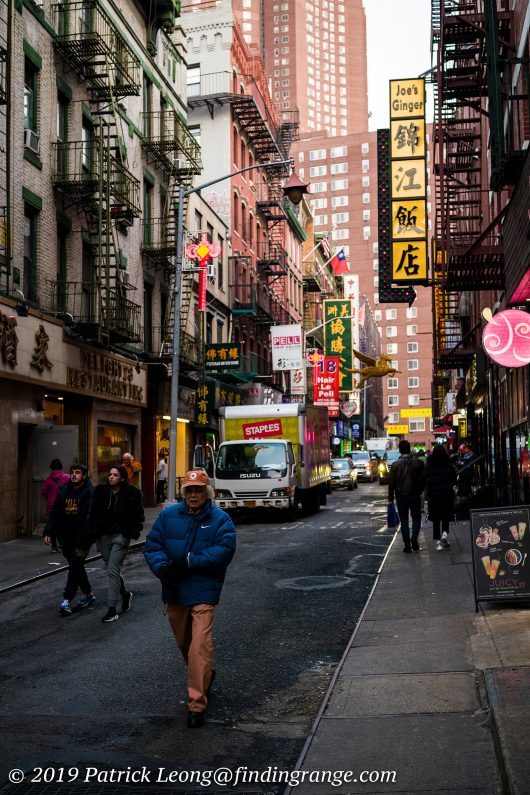
↑ This shot was taken at f4, 1600 ISO.
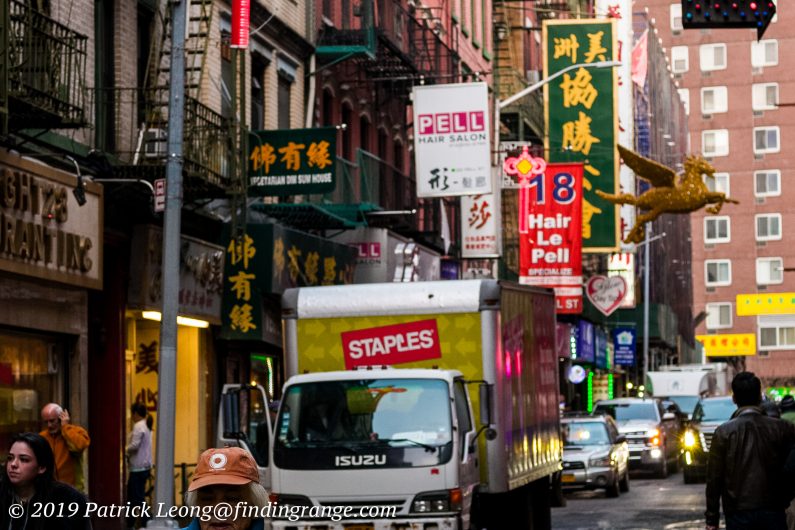
↑ Here’s a 100% of the photo above.
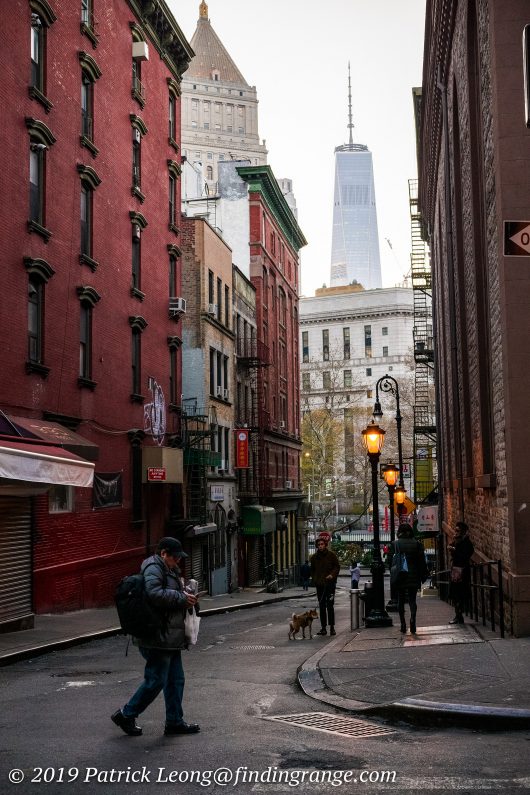
↑ Here’s a photo taken with the 45mm at f5.6 using 3200 ISO.
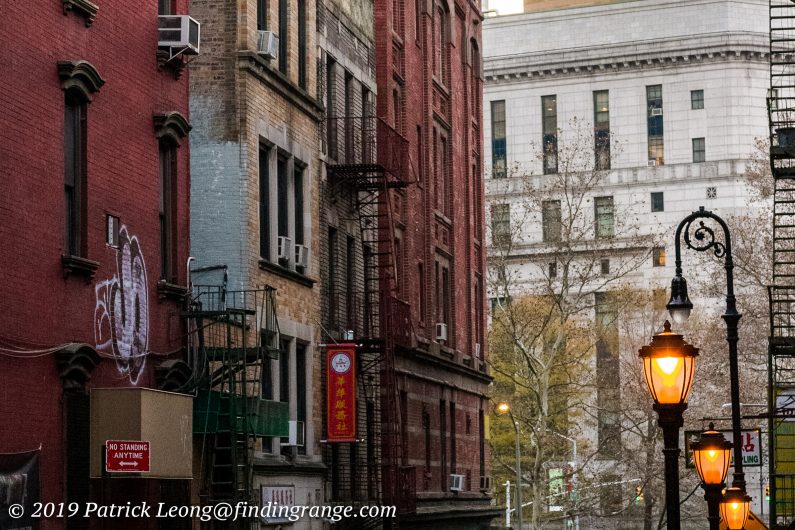
↑ Here’s a 100% crop of the photo above.

↑ This was taken at 6400 ISO at f4 with the 45mm f2.8. Look how clean it is, and as you can see, the saturation is still great.
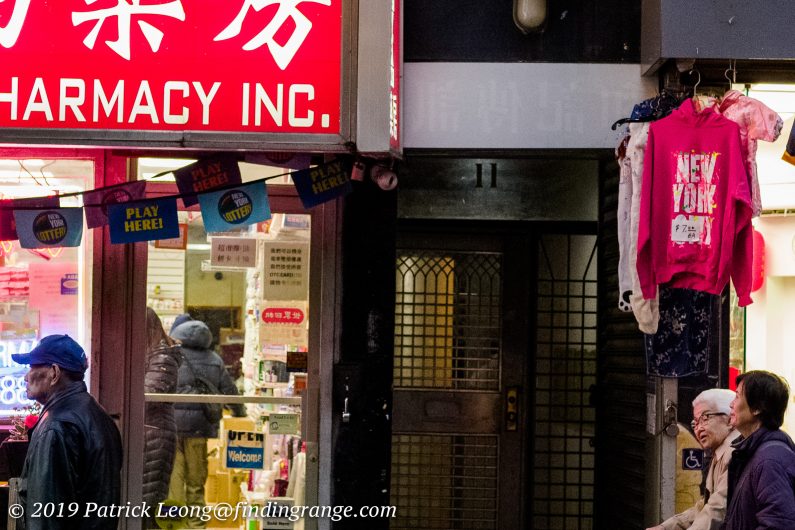
↑ Here’s a 100% crop of the photo above.
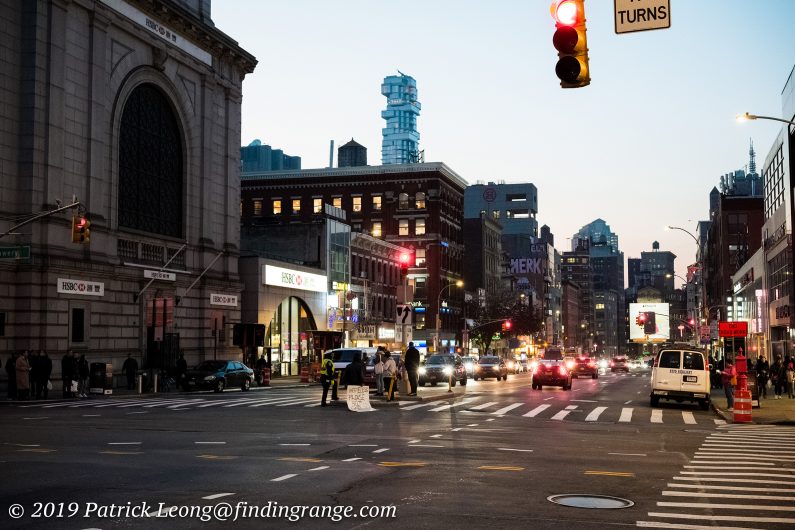
↑ Here’s a photo taken at 12800 with the 45mm set at f5.6.
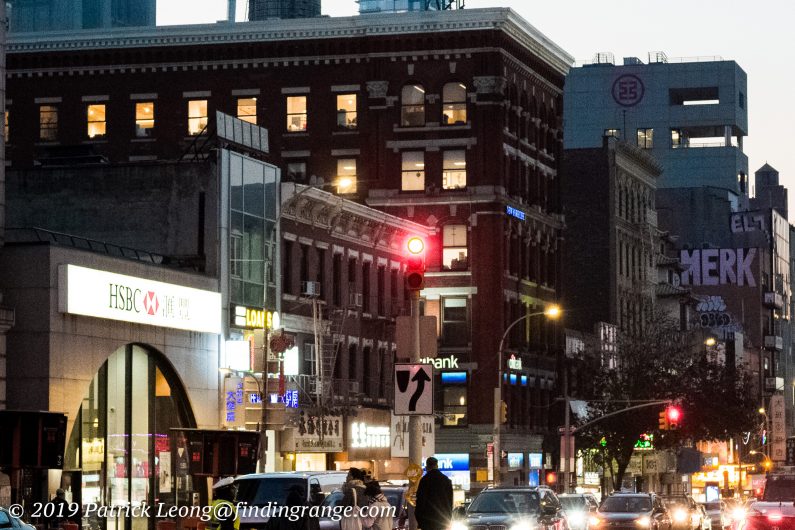
↑ Here’s a 100% crop of the above.

↑ Here’s another taken at 12800 ISO. The 45mm was set at f4.
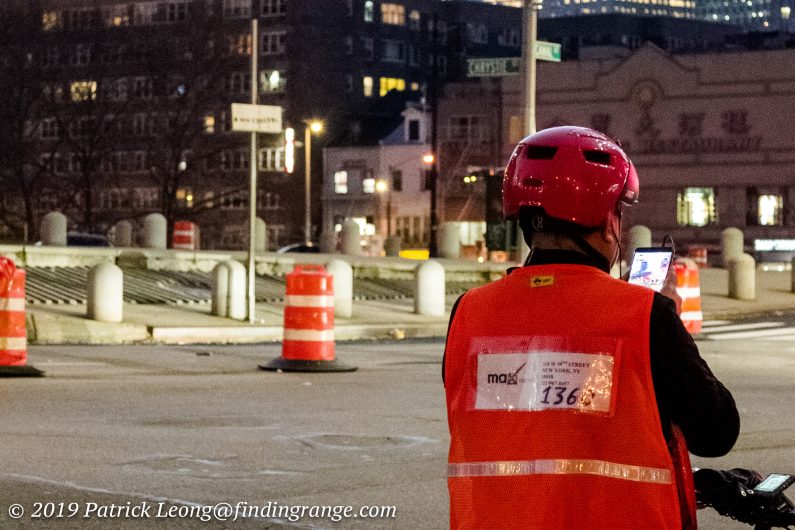
↑ Here’s a 100% crop of the photo above. You can even read the words on the person’s back.
At 1600 ISO, the files from the Sigma fp are very clean along with 3200 ISO, which starts show a little noise but nothing at all to be worried about. At 6400 ISO, the files are also excellent with surprisingly very little noise considering it’s sensitivity rating. Now, you may be thinking that once you hit 12800 ISO, things will change drastically, and you will finally have to deal with a ton of noise but guess what? Yes, there is some noise but it is definitely not as much as I expected. Even files shot at 25600 ISO impressed me. You can read the signs in the photos, there isn’t a terrible amount of color desaturation, and there isn’t much noise considering the ISO setting. Of course, once you hit settings like 51200 and 102400 ISO, that’s a different story but that’s not out of the norm. In those settings, you will definitely see more noise and desaturation. Describing high ISO images isn’t the best in words, so just look at the image above and below. I posted plenty of examples for all of you :).
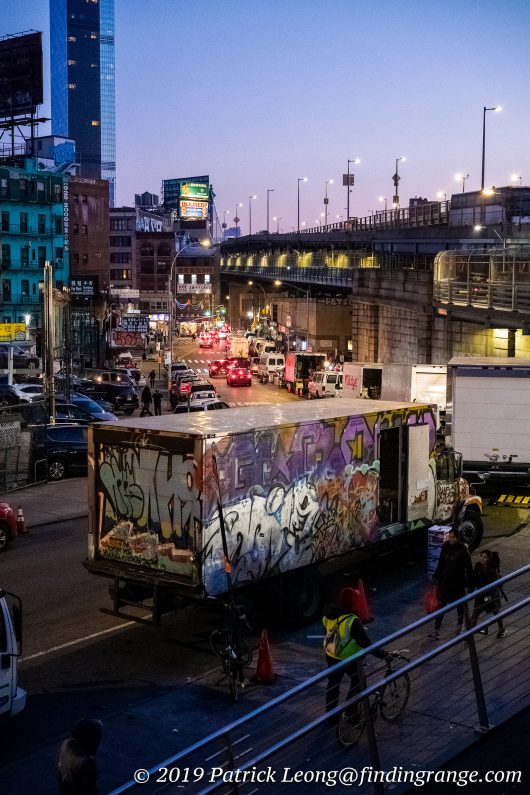
↑ This photo was taken at 25600 ISO. The 45mm was set at f5.6.
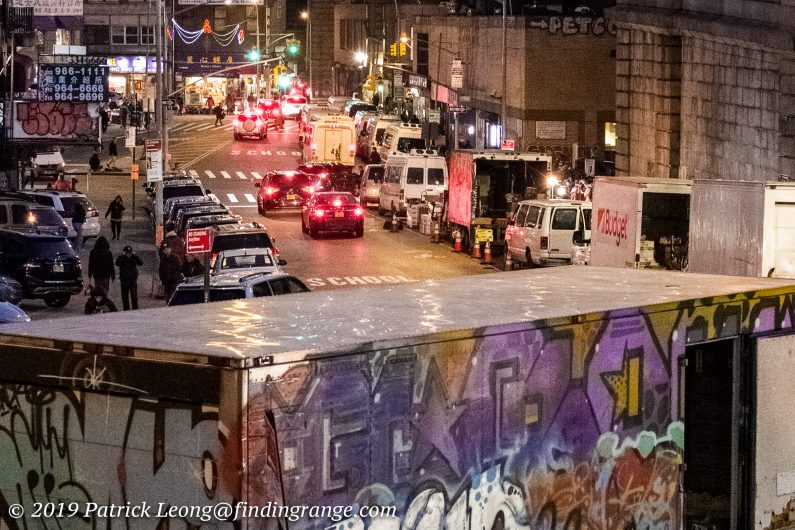
↑ Here’s a 100% crop of the photo above.
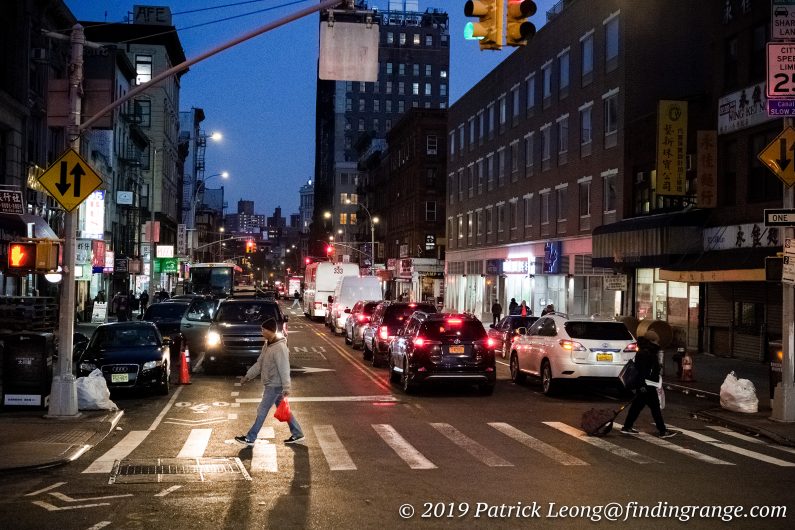
↑ Here’s another taken at 25600 ISO but this time, the 45mm was set at f4.
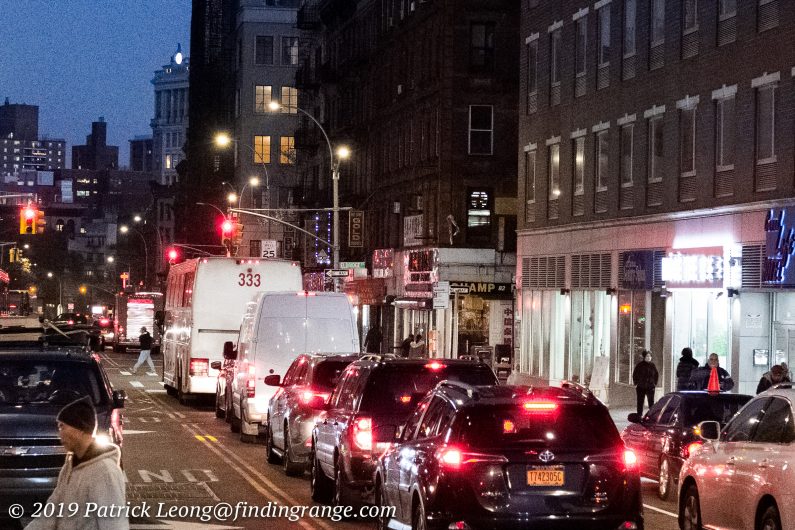
↑ Here’s a 100% crop of the photo above.
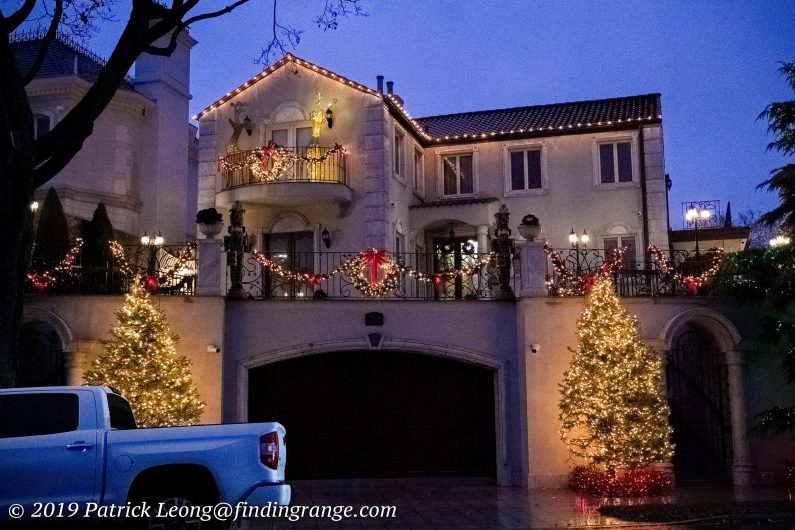
↑ This was taken at 51200 ISO with the 45mm set at f5.6.

↑ Here’s a 100% crop of the photo above.
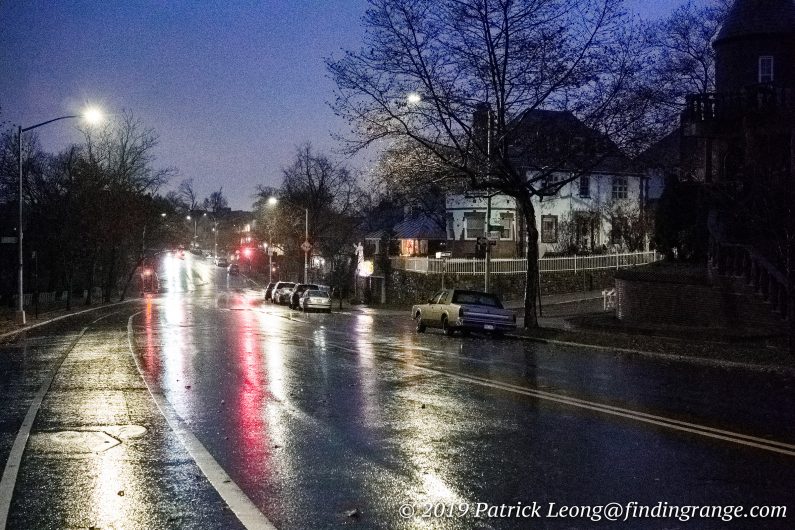
↑ This was taken at 102400 ISO. As you can see, noise and desaturation are definitely evident.
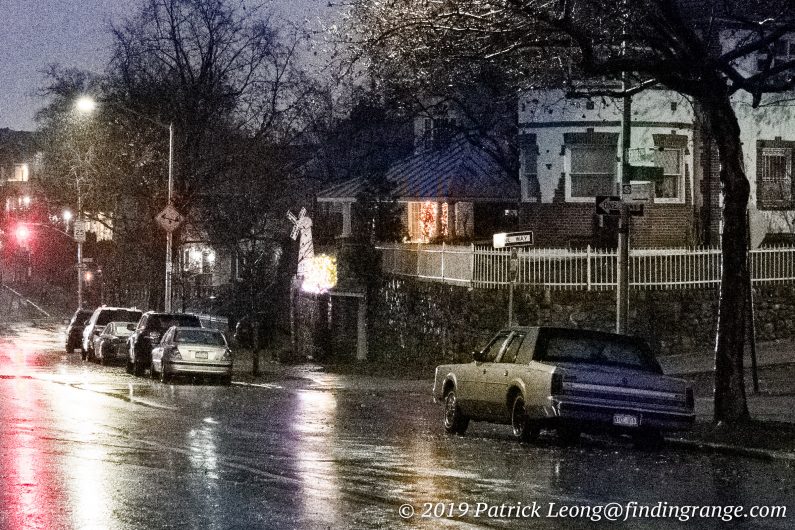
↑ Here’s a 100% crop of the photo above.
Sigma fp Mirrorless Camera Pros And Cons:
Sigma fp Mirrorless Camera Pros:
- Fantastic build quality. Up there with the best of them.
- Currently the smallest and lightest full frame camera.
- Buttons on the back of the camera are straightforward.
- Easy to navigate through the menu system.
- L mount, so you can use lenses from Panasonic, Leica, and of course, Sigma lenses.
- Modular: you can add a ton of accessories onto the camera to customize it to your needs.
- Great LCD display.
- Great for manual focus, especially M lenses.
- Excellent image quality.
- Superb high ISO capabilities.
- Price is decent, ESPECIALLY if you purchase the kit with the 45mm f2.8.
- So unique and fun to shoot!
Sigma fp Mirrorless Camera Cons:
- No viewfinder.
- Super large lenses on the fp may make it a little uncomfortable to hold.
- Some of the buttons on the back are too light to the touch.
- There is an external viewfinder but it attaches to the LCD display, and it’s huge.
- One SD card slot.
- Electronic image stabilization not as good as 5 axis image stabilization.
- Electronic shutter means you might get banding in certain situations.
- Battery life was decent for photos but may be an issue for video.
Sigma fp Mirrorless Camera Verdict:
Overall, I loved shooting withe Sigma fp. If I had the spare cash, I would buy this in a heartbeat to compliment my Leica SL2. It’s just so different and unique. It’s kind of a hybrid in that it dips its toes in the photography world but at the same time, it has roots in video as well.
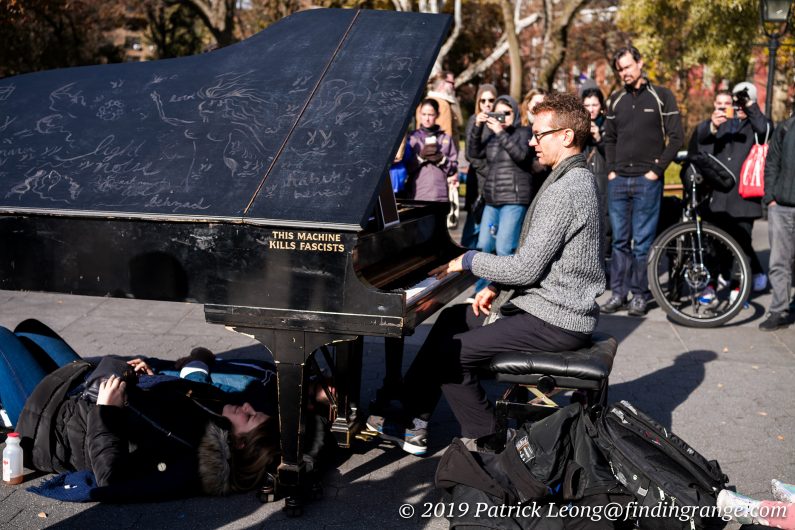
↑ This was taken at f4 with the 45mm f2.8. This lens has quickly become one of my favorites. I used 100 ISO here.

↑ This was taken with my Summilux-M 50mm f1.4 ASPH at f1.4. 100 ISO was used here.
Of course, it’s definitely not perfect. I know it would mess with the size but I’d love a built in viewfinder for one. Some of the buttons on the back are a bit too sensitive to the touch. The autofocus, while pretty fast, still isn’t blazingly fast.

↑ Here’s another taken at f2.8 with the 45mm. I used 125 ISO here.
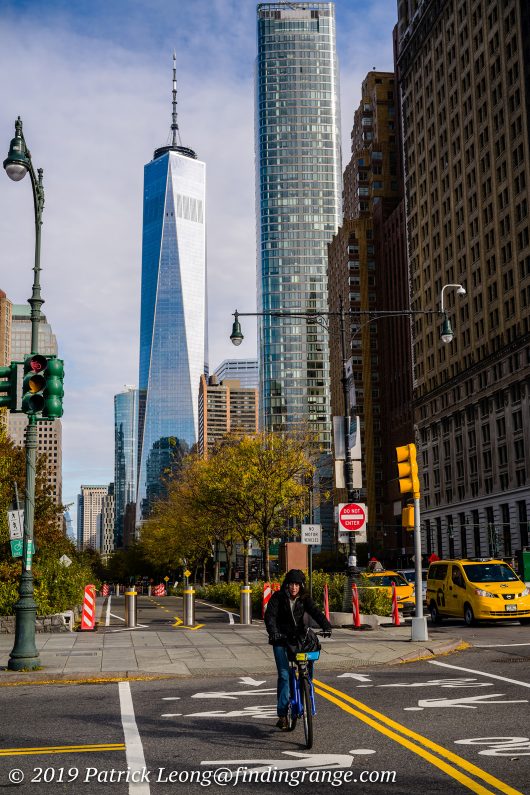
↑ This was taken at f8, 125 ISO.
But with all that said, there’s so much to this camera, if you think about it. For one, it’s about being compact and light; again, it is the smallest, and lightest full frame camera currently out even beating some smaller sensor cameras, if you think about it. It’s something you’ll always want to take everywhere with you. It’s about having a simple menu system, and layout on the back that’s straightforward and easy use. It’s L mount, so you’ll have access to tons of lenses from Panasonic, Leica, and Sigma. It’s about being modular: you can buy tons of different accessories for it to customize it for your specific needs. It’s also about the image quality, which is downright excellent. Most importantly, it’s about being a little quirky and unique. The camera has so much character, and it just feels special, which makes it even more fun to shoot. I seriously love it.
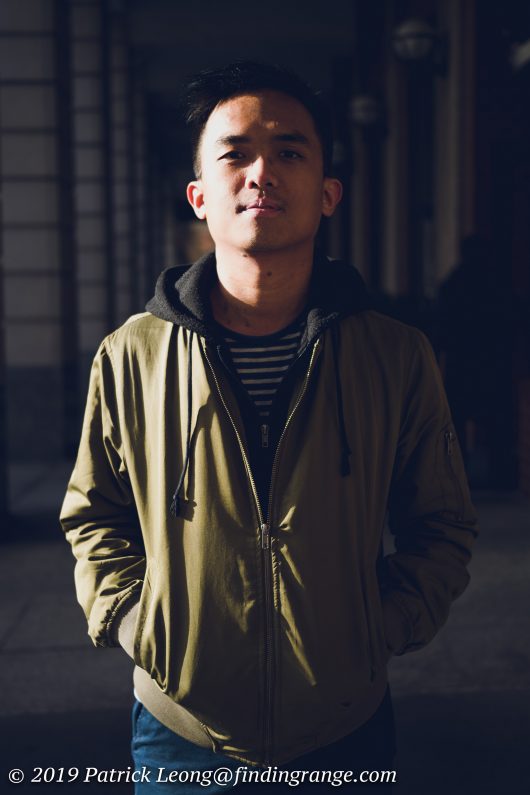
↑ Here’s a shot taken with the 45mm at f2.8 using 100 ISO.
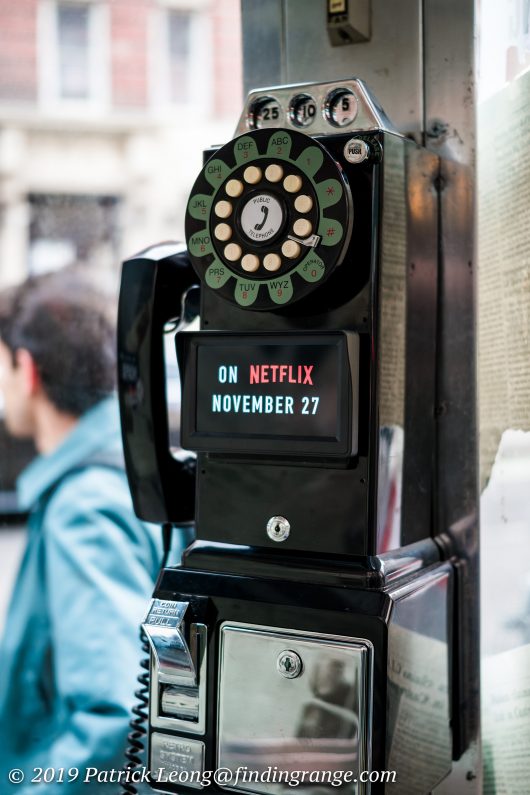
↑ This was taken at 500 ISO with the 45mm set at f2.8.
Lastly, for Leica users, this is a great alternative to even a Leica CL. Don’t get me wrong; I’m a huge fan of the CL, and if I had the opportunity to own it even two months ago, I would’ve definitely taken the offer. However, after testing the Sigma fp, I’m not so sure anymore. I know someone who actually owns a CL, and loves his but when he played with my fp, even he was seriously considering trading in his CL for one.

↑ This was taken at f4, 100 ISO.
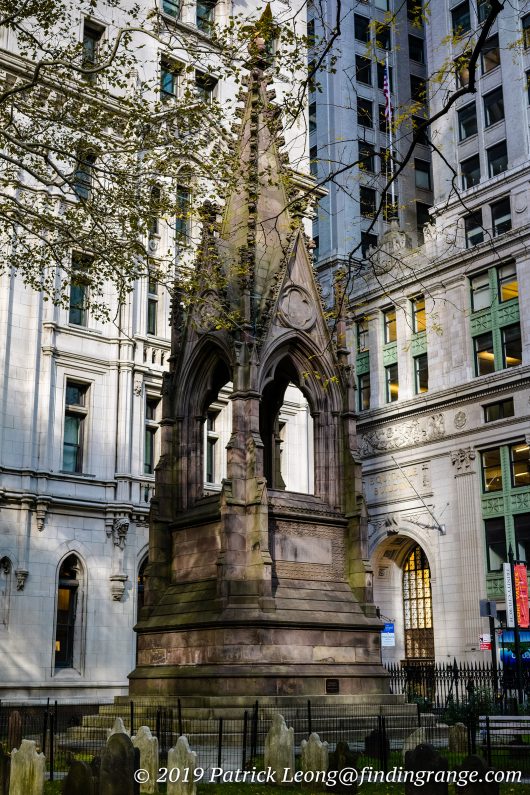
↑ This shot was taken at f5.6, 1000 ISO.
Sure, there is no viewfinder like the CL but the Sigma fp is full frame. Plus, it can also use L mount, and M mount lenses as well. The thing is M mount lenses work superbly on the fp. Focusing is a breeze, and images come out beautifully. Having the fp to compliment my SL2 would be perfect. I could still use all my L mount lenses but when I want to go small and discreet, I can use my M lenses on the fp, and get superb results.
So, if you want something a little different from the rest of the pack that is definitely going to bring the fun back to photography all while still producing killer results, the fp is something that should definitely be on your short list of cameras to buy. I get different cameras to review all the time, and I learn not to get too attached to them but I have to say, this is one of those times where I wish I did not have to send it back. Highly recommended!
Thanks for taking the time to read my review! If you’re considering purchasing the Sigma fp, and my review helped you decide, please help support this site by purchasing from the links below or any mentioned in this review. It will not cost you anything extra. Thank you for your support!
Sigma fp Kit w/45mm f2.8 at B&H Photo
45mm f/2.8 DG DN Contemporary lens in L Mount or Sony E Mount



Hi Patrick,
thanks for your review. Interesting camera especially for SL or S1/S1R users that want a smaller camera as a second body. Image quality is indeed excellent as is high ISO performance. Your images at 25600 ISO are noisy but still have great detail and color accuracy. They look very well usable. I also have a heart for a camera being different so i understand your love for it 🙂
By the way, your sample of the 75 Lux is pretty sharp wide open. Might be some extra sharpening applied in post but you cant make things look sharp when there is no detail to begin with.
Greetings Markus
Hi Elderin,
Great to hear from you, and thanks for taking the time to read it! I returned the fp a while back but I’m still thinking of buying one although I may have to wait after purchasing the SL2. I quite enjoyed the fp. Who knows, maybe in the future. I find it great with M lenses.
As for the Lux sample, no sharpening was applied in post. I don’t add sharpening as a general rule because I find a lot of the stuff out there is already pretty sharp, especially when we’re talking about Leica glass lol.
Thanks for stopping by, and happy holidays!
Best,
Patrick
Hi Patrick,
damn that 75 Lux is good wide open 🙂
Happy Holidays for you, too.
Greetings Elderin
Thanks Elderin!
Haha, only good if one can focus it :). My eyes are definitely not as good as they used to be…I was lucky haha. It’s actually pretty easy of the fp. It was really good on my M9 too but not so good on my M 240.
Best,
Patrick
Hi Patrick,
Great review! I have been thinking about getting a CL or the FP. Both have different pros and cons but I just wanted to ask if you have any experience using a 28mm on the FP? I can see weird colors in the corners in your 18mm shots…do you think that would be the case with a 28mm as well?
Thank you very much and all the best, Christian
Thanks Christian!
I appreciate you taking the time to read it! I went back to those photos and I looked at them more closely…what you might be seeing is the result of my filter. I didn’t notice it when I posted it (I go through a lot of photos each week, so sometimes I miss things). I use the filter holder for the 18mm Super Elmar, and there are vents to help make viewing through the rangefinder (if you use an M) easier. The problem is light gets through them from the back, which can sometimes cause weird things to happen in the corners. It’s one thing that can be a bit annoying with this filter holder lol. I usually either shoot without the filter holder or have the vents covered but in this case, I haven’t used the lens in quite a while, so I forgot.
As for the 28mm, I didn’t get a chance to use one on the fp. I don’t own a 28mm but I can go back to my archives and see if I shot with a 35mm if you’d like. If you have any other questions, please feel free to ask. Thanks for stopping by!
Happy Holidays,
Patrick
Hello,
I would like to know the differences between the Sigma 45 mm and Leica Summilux-M 50 mm lenses on the FP, apart from the price and manual focusing. What are the differences in terms of image quality, bokeh, colors, 3D effect…?
What is your general feeling if it is good to buy the Leica lens instead of the Sigma one?
Thank you in advance and congratulations for your review.
Georges
Hi Georges,
Thanks for reaching out, and apologies for the late reply.
I have not done any comparisons between the two lenses, so I can’t give you any specific answer. But in terms of my general feeling, the Summilux is always going to give you a beautiful look. It’s also 2 stops faster, so the depth of field is much thinner, which one could argue would help give a more 3D effect.
With that said, the Sigma 45mm is a fantastic lens. It’s one of my favorites in the Sigma catalogue, and the autofocus is not only quick but definitely makes life easier.
Truthfully, both these lenses have their own strengths, and in my opinion, they are different enough that it would really come down to what you generally shoot. I think for my taste…if I had to choose only one, I’d probably go for the Summilux. I think if I only had one choice, I’d want something that is a bit faster, which would give me more flexibility. Other than that, I really don’t think you can go wrong with either of these lenses.
I hope this helps, and thanks for stopping by!
Best,
Patrick
I only just found this review, it’s a great one. I was happy with your verdict that the CL plus Summilux 35mm would trump the Pen-F plus Nocticron, in handling at least. Now another camera to consider 🙂
How does the autofocus compare to the CL? I’m shooting family pics with my young kids when not doing photo-walks.
Hi Tobin,
It’s great to hear from you again, and thank you for the very kind words! I think the CL’s autofocus would be more consistent for your subject matter. I’m a huge fan of the fp, and it works great with M lenses too but I think if it was me, I would still probably lean more towards the CL. Let me know what you think.
Best,
Patrick
Hi Patrick
Really interesting review and well presented.
I have a Leica CL and wondered how the Autofocus compares between the two cameras
Thanks
Hi Mark,
Thanks so much for the kind words, and for taking the time to read my review!
I reviewed the CL a while back but if I remember correctly, the CL focuses quicker than the fp. I hope that helps. If you have any other questions, please feel free to ask. Thanks for stopping by!
Best,
Patrick
i know that Fp AF speed cannot compare with the latest Canon or Sony mirrorless camera
just want to know if i hand the fp to someone help me to take a photo for me on the street
Was the face detection work well? you know that when you find someone to help you take a photo with a professional camera, usually it will out of focus…=(
thanks a lot!
i am from Hong Kong
Hi,
Apologies for the late reply! I thought I had sent my reply on my phone but it turns out it never went through.
It’s been a long time since I’ve used the fp (it was a loaner) but if I remember correctly, I think the autofocus is good enough where someone would be able to take a snapshot of you on the street. At the time, the autofocus was definitely not as fast or as good as something from Sony or Canon but I do remember it being a lot better than previous Sigma cameras that I’ve used before it.
As I mentioned before, it’s been a while since I’ve used the fp lol but I remember the face detection worked pretty well too. I think I did a portrait session with it, and was happy with the results.
I hope this helps, and again, sorry for the late reply! Let me know if you have any other questions. Thanks for stopping by, and happy new year!
Best,
Patrick
Hi and thanks for the review!
I’m seriously thinking about buying one of these fp.
I’m just worried about picture quality with stills.
It’s very hard to find examples of stills made with it.
The picture of purple and yellow flowers, is a great pic, but:
many of the out of focus flowers seems to have an artefact, this “circle” around the yellow part seems out of place and unnatural, what is it? Does the fp often introduce artefacts like this in the out of focus region of pic? Or is it because of post treatment of the image?
Thanks a lot!
Hi John,
Thanks for taking the time to read it! Sorry for the delay in response, just been busy doing some updating lately on my site.
The fp is great for images. It’s probably my post treatment. Hope this helps! Thanks for stopping by!
Best,
Patrick
Great review, thanks. I used my M21/3.4A on the fp for testing quite a few times with different weather conditions here, sunny, cloudy, and haze. The results always show severe side smearing and color shift to blue/cyan. I had thought to use the FF fp for this wide angle lens and the M10D for the M35/2A. The test results led me to give this idea up. BTW, the M35/2A produced much better images on fp although the color shift to blue/cyan can still be visualized in corners. Anyway, it is acceptable. ZM planar 50mm works great on fp, even better than on my CL.